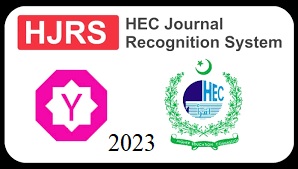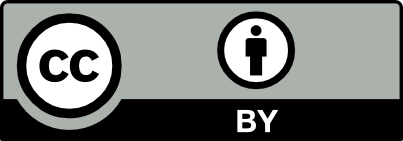Formulation and evaluation of topical piroxicam microemulgel for arthritis
DOI:
https://doi.org/10.56770/jcp.2023713Keywords:
Microemulgel, Piroxicam, Topical, PermeationAbstract
Background: Piroxicam is an anti-inflammatory, analgesic, and antipyretic drug. Piroxicam is widely used in the management of chronic pain. The objective of this work was to develop and analyze topical Piroxicam microemulgel to improve drug solubility, enhance permeation, reduce GIT side effects reduce the frequency of the drug. Method: The Piroxicam microemulgel was prepared by drawing the pseudo ternary phase picture and water titration procedure. Formulation was prepared by using isopropyl myristate as an oil, Tween 80 as an surfactant, n-butanol as Co-surfactant and water. It was converted to gel by using 1% Carbopol 940 and few drops of ethanolamine. The prepared formulation was characterized for thermodynamic stability, pH, droplet size, viscosity, FTIR,DSC, electrical conductivity, dye solubility drug content, and in-vitro release using a Franz diffusion cell. Result: Microemulgel formulation was thermodynamically stable on visual inspection after being treated with a freeze-thaw cycle and centrifugation. pH of formulation was 6.5. The mean droplet size for ME gel was 100±0.472nm. The viscosity of the microemulgel was 90.4±0.01 cps which showed Newtonian flow. FTIR and DSC studies showed that microemulgel was compatible with its excipients. Electrical conductivity and dye solubility testing confirmed that the microemulgel was O/W. Piroxicam microemulsion gel showed 89.89% drug content and the release rate of piroxicam was 98±8.63% after 48h. It followed the Korsmeyer Pappas model which means it was a hydrogel-based system. Conclusion: Microemulsion gel formulation obtained remarkably inflated skin retention for piroxicam over the piroxicam gel. It might act as a promising vehicle for the topical delivery of poor water-soluble drugs.
Downloads
Published
How to Cite
Issue
Section
License
Copyright (c) 2023 The authors retain the copyright without restriction.

This work is licensed under a Creative Commons Attribution 4.0 International License.









